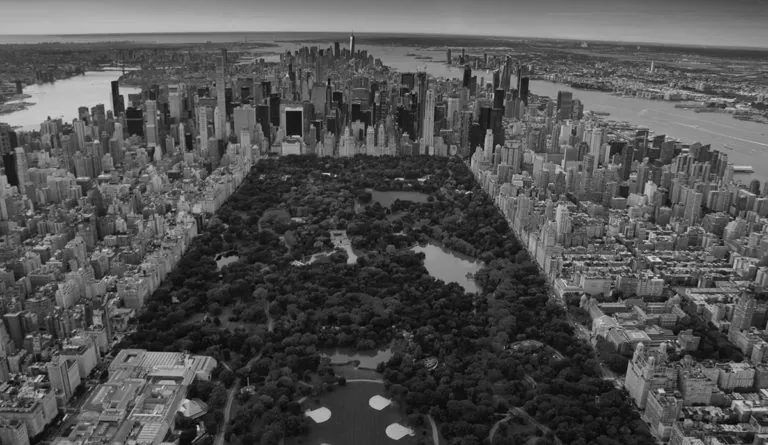Heat and the Urban Tree Canopy
Research shows that investing in urban tree canopies can act as a meaningful urban heat action plan to reduce mortality and morbidity during heat waves.

Read Time: 3 minutes
Published:
June 2019 was the hottest ever recorded, according to NASA, and in July, the National Weather Service posted extreme heat warnings for much of the eastern US. Heat waves kill more people than any other weather-related phenomenon, with around 1,300 deaths each year in the United Stated. Excessive heat primarily kills the elderly and high temperatures worsen existing cardiovascular, pulmonary, and kidney diseases.
The International Federation of Red Cross and Red Crescent Societies (IFRC) issued new guidelines for urban heat action planning. Cities commonly create cooling centers, places with air conditioning or fans, that are publicly accessible. Cities also try to create a plan to get vulnerable, elderly residents into these cooling centers during a heat wave. There is new urgency to dedicate resources for urban heat action planning due to the reality of climate change, which is forecast to make summers hotter and heat waves more intense and more frequent. One recent study suggested that in 2050 climate change could make the climate of northern cities like Boston similar to the current climate of Charlotte, NC.
However, the new IFRC guidelines make little mention of the role urban tree canopies and parks can play in reducing ambient air temperatures. Trees shade impervious surfaces, preventing them from absorbing and reflecting solar heat. They also transpire water, reducing air temperatures through evaporative cooling. Should we see investing in urban tree canopies as a meaningful way to reduce mortality and morbidity during heat waves?
There is new urgency to dedicate resources for urban heat action planning due to the reality of climate change, which is forecast to make summers hotter and heat waves more intense and more frequent.
My colleagues and I recently published a paper that suggests the answer is yes. We mapped urban tree canopies in 97 US cities with a total population of 59 million people. We estimated existing urban tree canopies reduce air temperatures in the summer based on air temperature measurements. Estimated temperature reductions were then synthesized with published health literature to calculate the avoided mortality and morbidity during heat waves. In these 97 cities, trees prevented 300 heat-related deaths each year. Scaling up our results to all US urban areas, we estimated that urban tree canopies prevent around 1,200 heat-related deaths annually. To put our results in perspective, the number of premature deaths from excess heat in the US would double without urban tree canopies.
Avoiding heat-related mortality and morbidity has economic value, too. Trees annually supply heat-reduction services worth around $9 billion to US urban residents. For this reason, future versions of the IFRC guidelines should incorporate investing in urban tree canopies as one part of urban heat action planning. Our results suggest that maintaining and expanding tree cover can help protect public health for cities adapting to a hotter world.
Photo by Anthony Rosset on Unsplash



